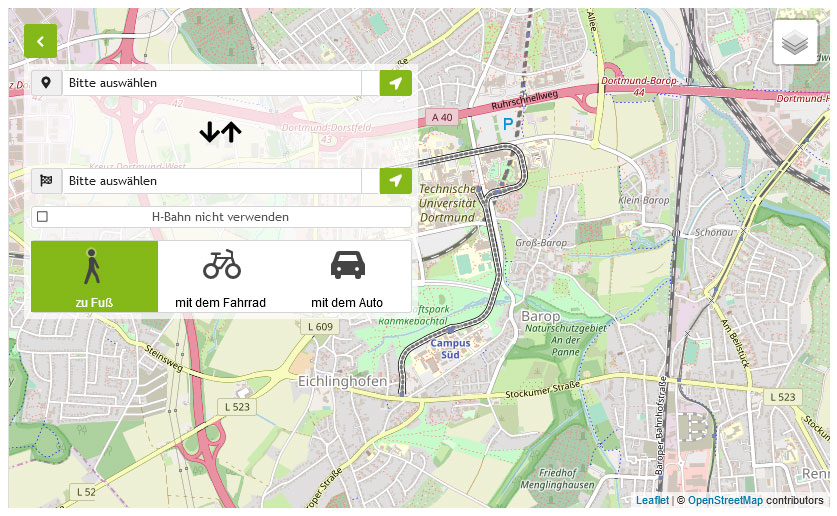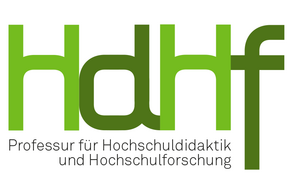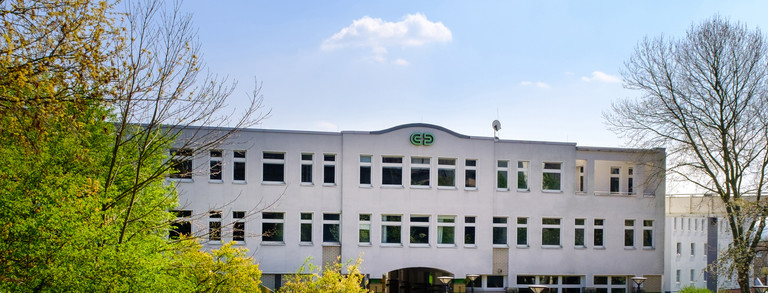Prof. Dr. Sigrid Quack & Yasemin Ciftci, B.A.
(Universität Duisburg-Essen)
Cross-border Careers in Environmental NGOs
Vortrag in englischer Sprache
There is now a consensus that the rise of international nongovernmental organizations (INGOs) is an important element of world society. But despite all the attention they receive in the media and the literature for their role in international politics, INGOs are not yet well understood in their function as employers. While there is anecdotical evidence of career mobility between both, headquarters and national offices of large INGOs, no systematic study of the emerging transnational labor market in the third sector has been undertaken to our knowledge so far. To contribute to closing this research gap, the paper examines emerging transnational labor markets for NGO staff through the lens of cross-border careers of individuals working for INGOs. The purpose of the paper is twofold: At a theoretical level, it draws on the sociology of careers in the Chicago School tradition and combines it with insights from the French sociology of conventions to develop a theoretical framework for the study of transnational labor markets in the making. Both approaches suggest that people's careers are not just an individual phenomenon but unfold in orientation towards to reference groups, through which they become socially recognized. Hence, careers are a good starting point to investigate the links between mobility patterns, collectively defined career scripts and labor market institutions in a transnational context where institutions are expected to be fluid and undergoing recurrent negotiation. At the empirical level, the paper presents results from a pilot study of careers of staff in 10 INGOs drawn from the global environmental policy field.
Sigrid Quack is a Professor of Comparative and Transnational Sociology at the University of Duisburg-Essen and Associate Researcher and Head of Research Group at the Max Planck Institute for the Study of Societies. She has held visiting appointments at the Watson Institute for International Studies, Brown University (US), Ecole Normal Supérieure de Cachan (France), the University of Uppsala (Sweden) and the University of Cambridge (UK). Professor Quack's current research focuses on the social and political challenges posed by economic globalization for legitimate and effective transnational governance, particularly through studying standard-setting in the forest, labor, accounting and copyright fields.
Yasemin Ciftci holds a B.A. in Sociology from the University Duisburg-Essen. She is currently studying in the M.A. program and working as an intern in Prof. Quack's project on Careers in NGOs.
Mittwoch, 24. Februar 2016, 16:00–17:30 Uhr | Vogelpothsweg 78 (CDI-Gebäude), Raum 114
Zentrum für HochschulBildung (zhb)
Professur für Hochschuldidaktik und Hochschulforschung





